How to Make Roast Lamb Gravy (From Pan Juices)
Do you have a favorite roast dinner? While I love any roast dinner, a good lamb roast has a special place in my heart. This roast lamb gravy is a classic recipe, super easy, made from the leftover pan juices, and is out-of-this-world delicious. Serve it up alongside a roast leg of lamb or a slow-cooked lamb shoulder. You won’t regret it!
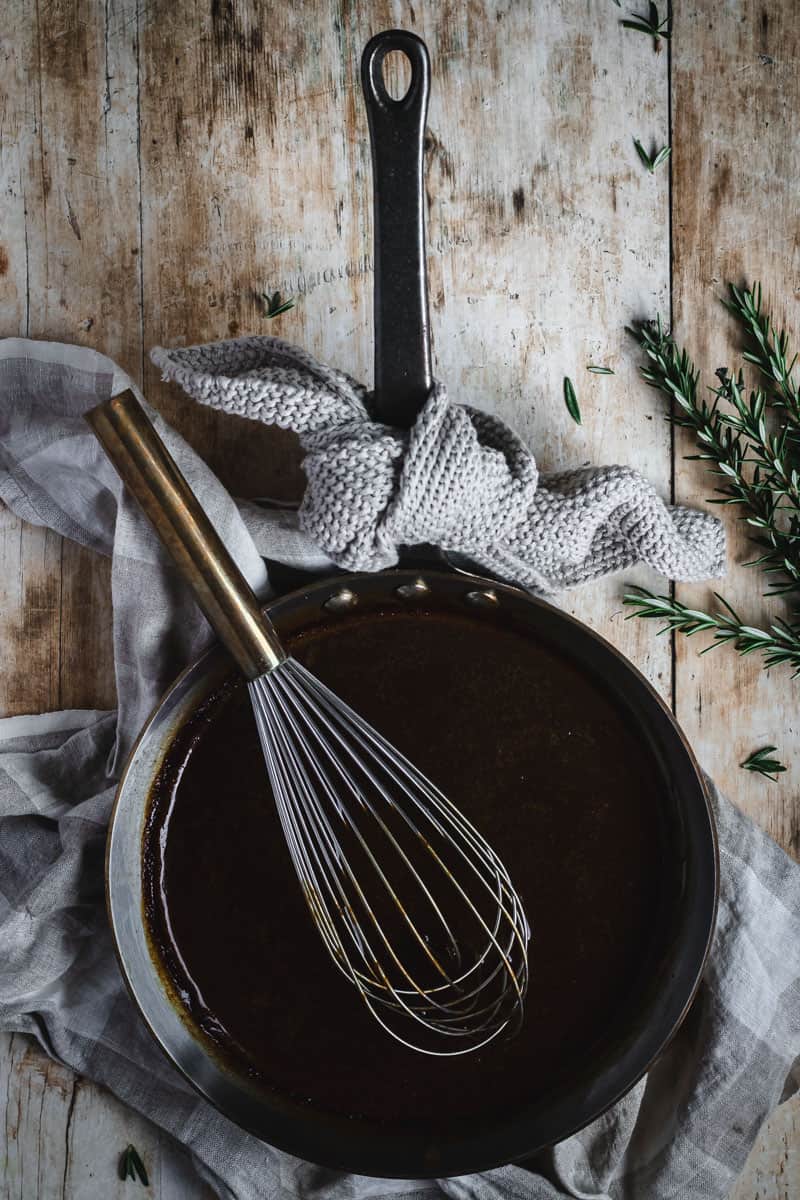
A good roast lamb leg is what my Monday night roast dinner dreams are made of. As kids, we bred sheep on our farm so we were never short of lambs in the freezer. I remember as a teenager, being so sick of eating lamb. These days though, a whole lamb leg, roasted to perfection with a killer gravy, mashed potatoes, and all the roast night trimmings, is dreamboat material.
What you need to get started
- Roast lamb pan juices – Pan juices are all of the drippings left in a pan after roasting a piece of meat. To use them to make gravy, you need to separate the flavor from the oils/fat.
- Plain flour / all-purpose flour
- Water
- Beef stock
- Sea salt flakes and freshly ground pepper to taste
The details
- After roasting, remove your roast leg of lamb (or other roasting cut) from the roasting pan and transfer it to a plate. Cover with foil and leave to rest.
- Pour all the pan drippings into a gravy separator. Leave for a few minutes to give the fat and pan juices time to separate. You’ll notice the oils separate to the top leaving all the delicious bits at the bottom. Pour the pan juices back into the roasting tin and pop onto the stovetop on low to medium heat.
- Add the flour and stir with a whisk or wooden spoon to combine. The liquid will thicken and create a roux (a liquid/flour mixture used for thickening sauces). Cook for a few minutes (stirring continuously) to cook out the raw flour taste in the roux.
- Add the beef stock and water to the pan while whisking continuously to break up any lumps in your sauce. If you have any stuck-on bits on the bottom of your pan, try to incorporate them into the sauce. These stuck-on bits are what make the best gravy.
- Continue to whisk the gravy mixture as it comes to a simmer. Drop the temperature to low heat and simmer the gravy for 20-30 minutes, or until it thickens to your desired consistency. Make sure you are still stirring every few minutes to stop it from sticking to the bottom of the pan. If it becomes too thick, you can add more water or stock to thin it out.
- Season (if required) with sea salt and freshly ground black pepper. At this point, you can serve it as is, or if you would prefer a cleaner-looking sauce you can strain it through a fine mesh strainer to remove any debris or lumps and pop into a gravy boat.





Equipment
I make my gravy the same way my Mum does it. In the pan that you cook your roast in. For me, that is a stainless steel roaster, however, any roaster that is suitable for both oven and stove top use is perfect. I tend not to like nonstick roasters as you don’t get the delicious stuck-on bits on the bottom of the pan – these bits (or frond) give the gravy all its flavor.
Variations
Add some mint sauce, seeded mustard, or cranberry sauce to the sauce just before seasoning to add some extra flavor.
Saute some onions in a little olive oil and butter and add to the gravy for an easy onion gravy.
Swap out the water for a cup of red wine and you’ve got a killer lamb and red wine gravy. Because I use white wine in my lamb recipes as a pan base, I don’t tend to add more to the sauce, but the world is your oyster, so if it floats your boat, go for it!
Add some finely chopped fresh herbs, or add some fresh rosemary to the pan while cooking to impart a rosemary flavor.
Cooks notes
After your lamb leg has rested, any excess meat juices can be incorporated into the sauce.
Gravy is very forgiving when it comes to exact quantities, so If you don’t have exactly 1/4 cup of lamb drippings, don’t stress, just as close as you can will be fine. You’ve also been roasting in a pan for an hour or so, so there will be flavor sitting on the bottom of it too.
My lamb leg recipe has a salt rub all over the roast meat, therefore you may not need to add extra salt when seasoning. Always Taste before salting!
While I have referred to a lamb leg through this recipe, any cut of roast lamb meat, bone-in, or boneless lamb will still have the same result.
Can I make gravy ahead of time?
You sure can. If I cook a large roast we might have a roast dinner two days in a row or I tend to make heat-up dinners a lot for our shift worker in the house. In this case, after cooking transfer your gravy to an airtight container and pop it in the fridge for up to three days. When you are ready to serve, reheat in a small saucepan on low heat on top of the stove.
What I serve my roast lamb with
- Duck fat roast potatoes
- Black garlic potato gratin
- Burrata Caprese salad
- Roasted Balsamic Beetroot and Carrot Salad with Labneh
Bring on roast night!
x
Print
Roast Lamb Gravy (From Pan Juices)
- Prep Time: 5 minutes
- Cook Time: 25 minutes
- Total Time: 30 minutes
- Yield: 4 serves 1x
- Category: Side Dish
- Method: Stovetop
- Cuisine: Australian
Description
This roast lamb gravy is a classic recipe, super easy, made from the leftover pan juices, and is out-of-this-world delicious. Serve it up alongside a leg of lamb or a slow-cooked lamb shoulder. You won’t regret it!
Ingredients
- 1/4 c roast lamb pan juices*
- 2 tbsp plain flour
- 250ml water
- 250ml beef stock
- sea salt flakes and freshly ground pepper to taste
Instructions
- After roasting, remove your lamb leg (or other roasting cut) from the roasting pan and transfer it to a plate. Cover with foil and leave to rest.
- Pour all the pan drippings into a gravy separator. Leave for a few minutes to give the fat and pan juices time to separate. Pour the pan juices back into the roasting pan and pop onto the stovetop on a low to medium heat.
- Add the flour and stir with a whisk or wooden spoon to combine. The liquid will thicken and create a roux (a liquid/flour mixture used for thickening sauces). Cook for a couple of minutes (stirring continuously) to cook out the raw flour taste in the roux.
- Add the beef stock and water to the pan while whisking continuously to break up any lumps in your sauce.
- Continue to whisk the gravy mixture as it comes to a simmer. Simmer the gravy for 20-25 minutes, or until it thickens to your desired consistency and you get your desired flavor. If it becomes too thick, you can add more water or stock to thin it out.
- Season (if required) with sea salt and freshly ground black pepper. At this point, you can serve it as is, or if you would prefer a cleaner-looking sauce you can strain it through a fine mesh strainer to remove any debris or lumps.
Notes
Pan juices are all of the drippings left in a pan after roasting a piece of meat. To use them to make a gravy, you need to separate the flavor from the oils/fat. This is where a gravy separator comes in handy and makes easy work of it. The spout of the tool connects to the bottom of the jug, therefore when you pour the drippings, you get all the good bits pour out first. Total genius. Alternatively, you can also use a turkey baster to suck up all the good bits leaving behind the oil layer.
Gravy really develops in flavor as you cook it. It will take 30 minutes of stirring and simmering to get a delicious lamby gravy – so don’t rush this process!

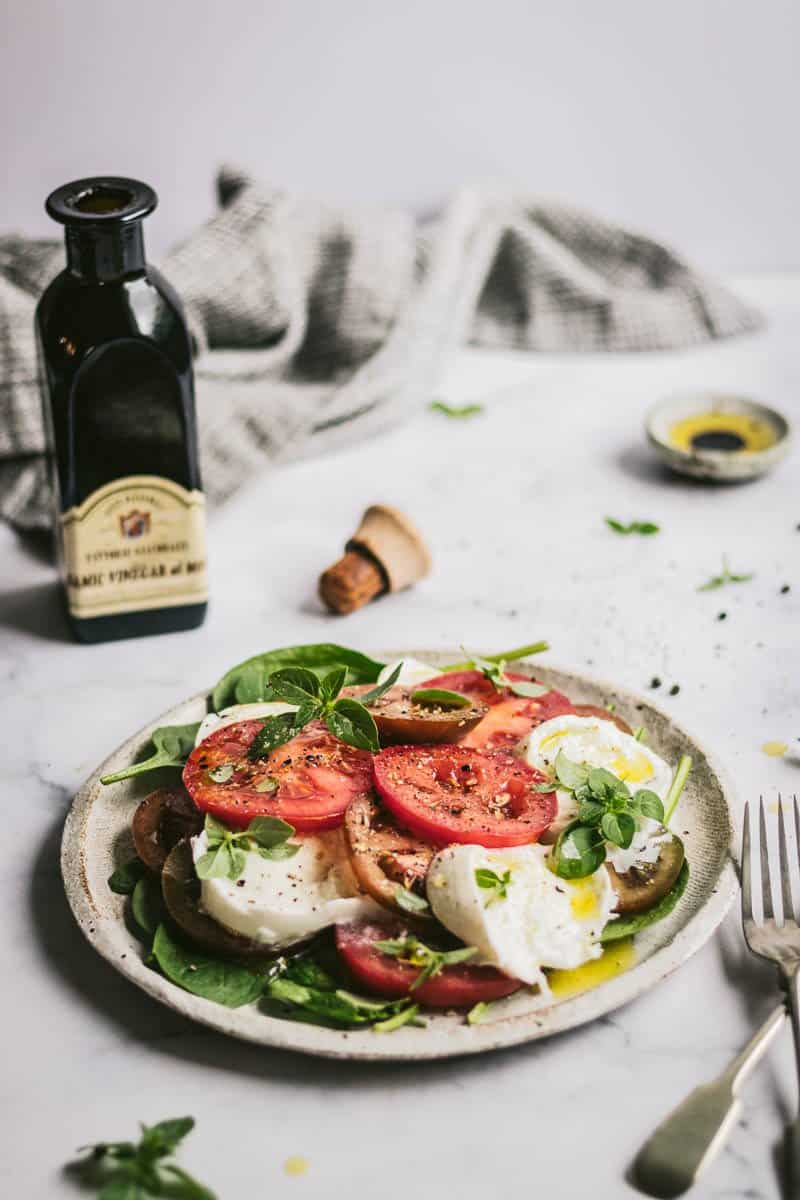
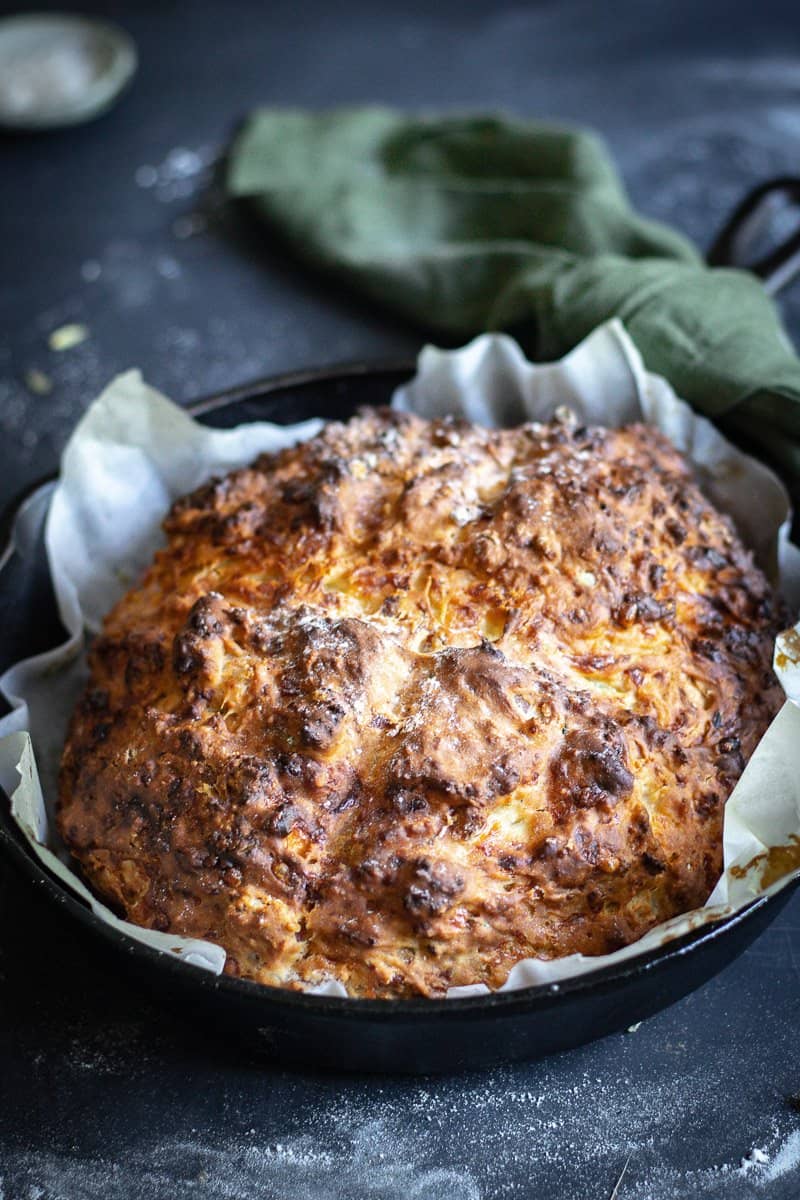
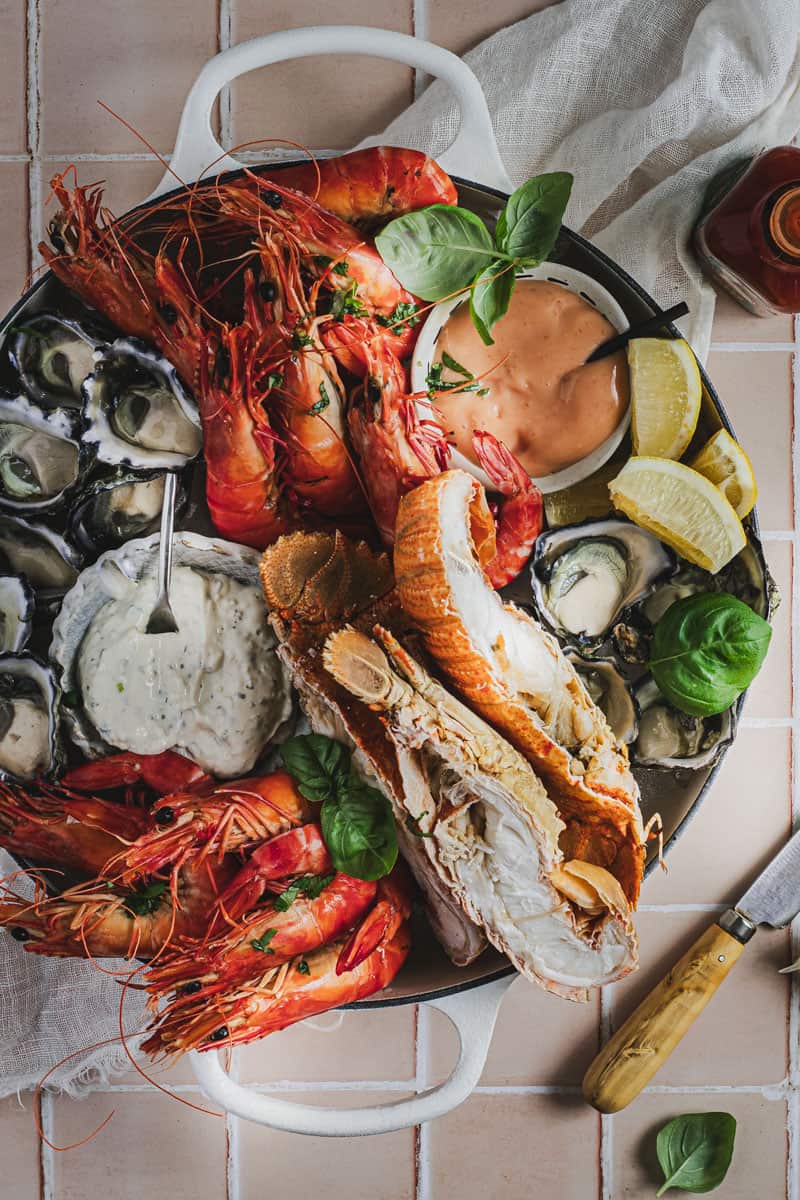
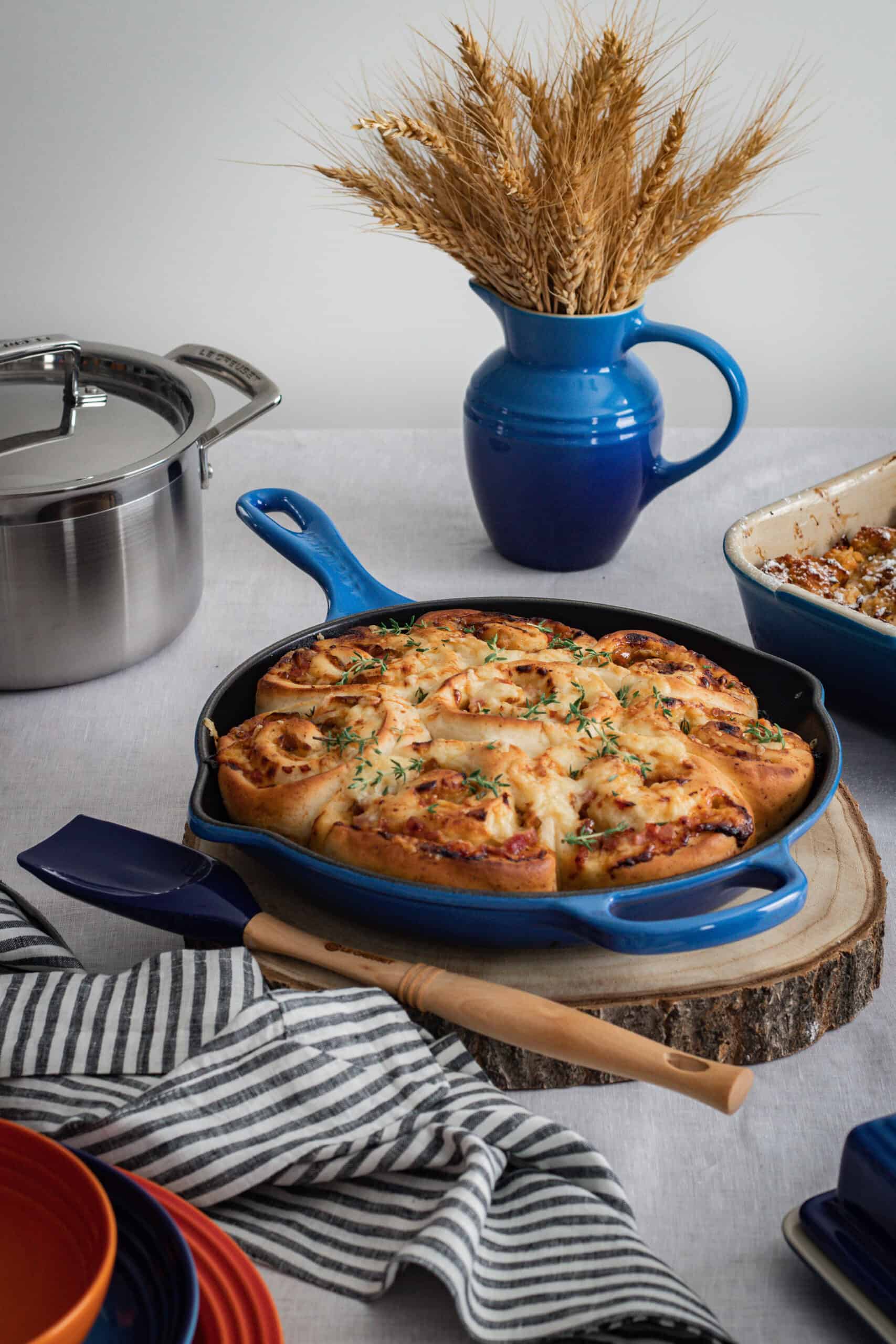
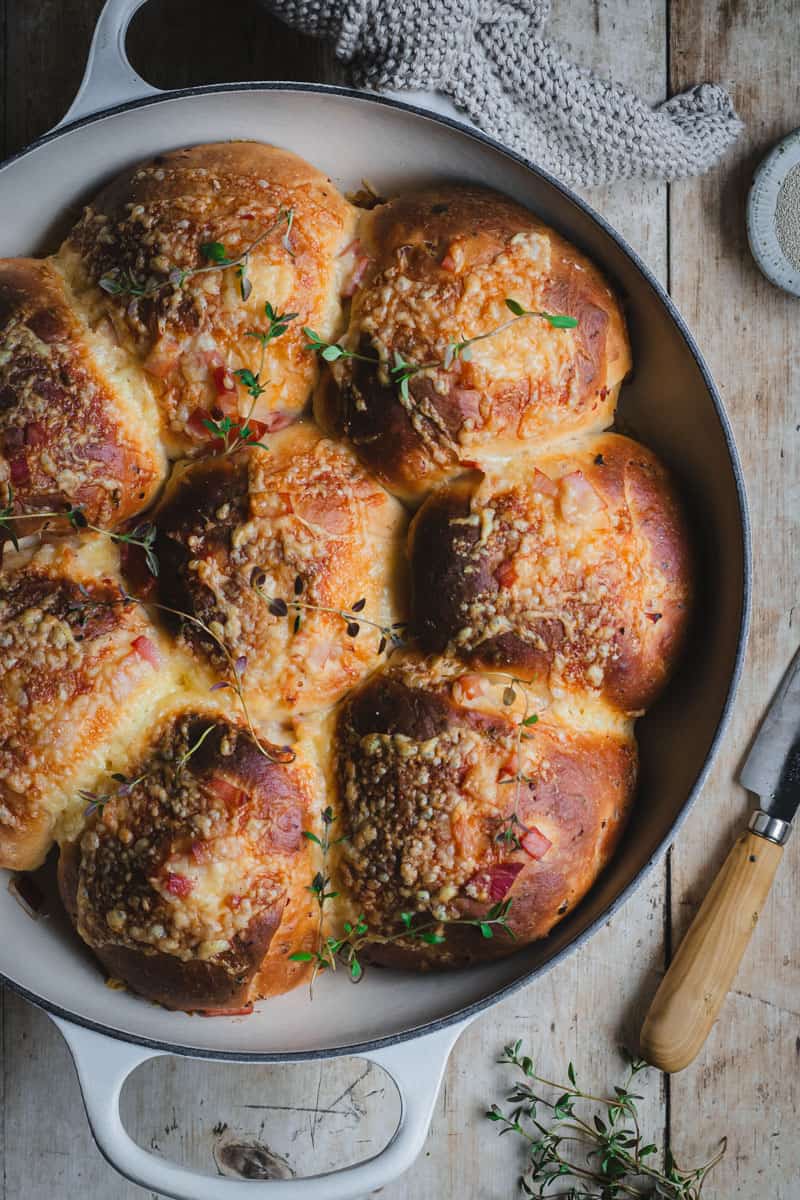
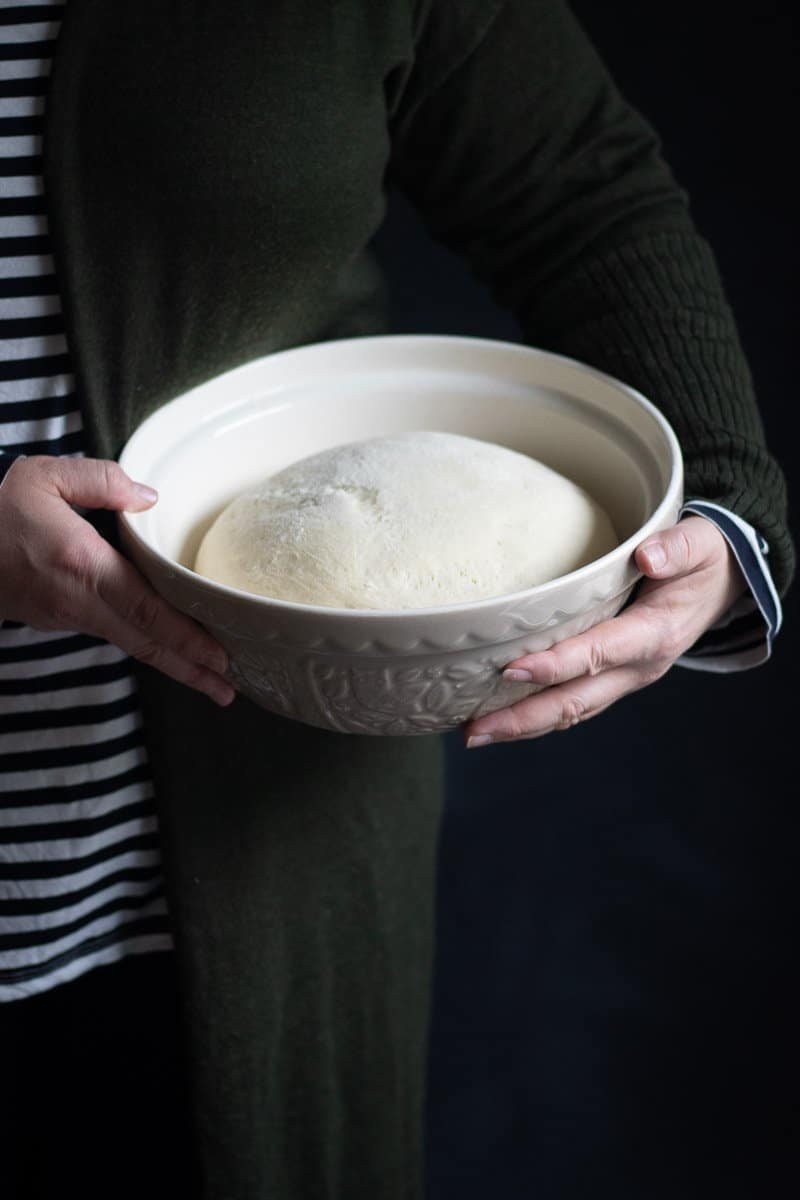
Had it with my lamb last week. I had never made gravy from scratch such an eye opener
So great to hear thank you Bruce for you comment x